Which Hand to Read in Palmistry: A Handbook
Discover the intriguing details of which hand to analyze in palmistry and unfold the layers of personal insights that palm reading offers.
article by Nora Pennington
The Basics of Hand Selection in Palmistry
In the practice of palmistry, the first step is determining which hand to read, and this is a subject of much interest and debate. Traditionally, palmists consider both hands as important, but each hand holds its own significance. The left hand is typically associated with potential and what could be — it’s believed to carry the traits we’re born with and our subconscious motives. The right hand, on the other hand, generally represents how those traits have been acted upon in the external world; it’s seen as the canvas of our actions and decisions as we navigate life. In essence, these interpretations can vary, with some schools of thought assigning different meanings based on an individual’s dominant hand.

Dominant vs. Non-Dominant Hand in Readings
The distinction between dominant and non-dominant hands plays a crucial role in palmistry. For the majority, the dominant hand reveals the current life path, including experiences, development, and conscious thoughts. It's the hand that has been more frequently used to carry out tasks and therefore, reflects the life we have actively shaped. The non-dominant hand is often referred to as the passive or latent hand, thought to reflect innate traits, dreams, and the inner self. An analysis of this hand can provide insights into the qualities an individual was born with and those which remain unexpressed or less developed.

Considerations for Both Hands in Readings
A comprehensive palm reading typically involves examining both hands. By doing so, a more holistic understanding of the individual may be achieved. A palmist might start with the non-dominant hand to understand the client's potential and inherent characteristics and then proceed to the dominant hand to see how those qualities have manifested in life. When discrepancies between the hands are noted, they often highlight areas of life where a person's potential is either being met or where there may be room for further development.
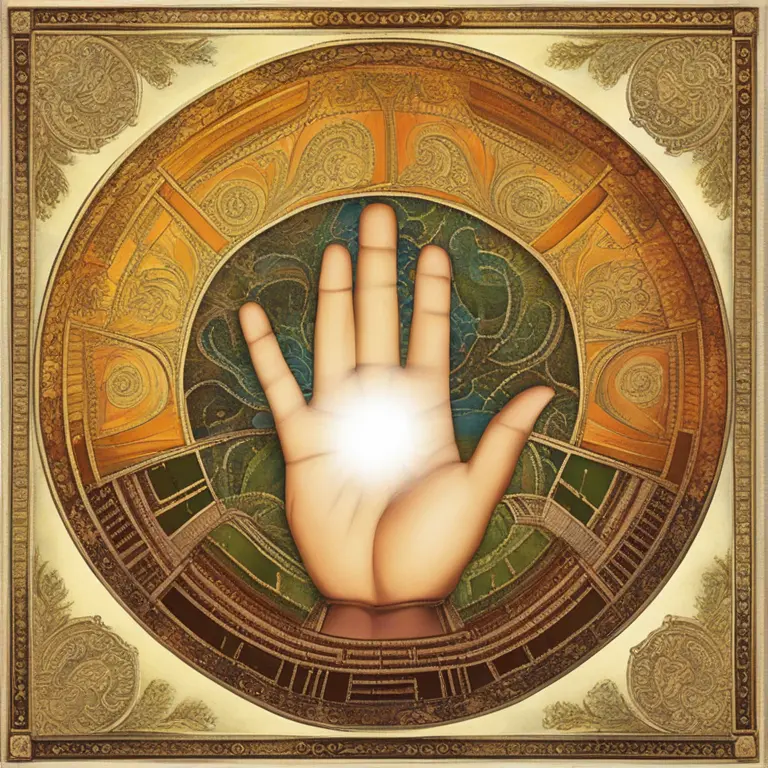
Accounting for Ambidexterity and Changes Over Time
Ambidexterity presents an interesting twist in palm readings. Ambidextrous individuals may not have a clear dominant or non-dominant hand, which can make the reading more complex. In these cases, the palmist might focus on both hands equally or identify the hand the person writes with more as the dominant hand. Additionally, it's essential to consider that as people change over time, their palms can reflect these changes. Lines could deepen, shift, or new ones might form, each offering a narrative of personal growth, experiences, and changes.

Gender Considerations in Hand Selection
Some traditional approaches to palmistry also take gender into account when deciding which hand to read. For instance, it was once common to read the right hand for men, and the left for women. However, in modern palmistry, this practice is less commonly followed, with the focus being more on handedness and how the individual has used and interacted with their hands throughout their life.
Final Words on Which Hand to Read
When it comes to palmistry, there is no one-size-fits-all answer for which hand to read. The decision might rest on the individual's dominant hand, their life experiences, and the specific insights they seek from the reading. Whether you're a seasoned palmist or an enthusiast in this esoteric field, the key is to approach each hand as a unique canvas, intrinsically linked to the person it belongs to. The hands, in unison, weave a profound story — a narrative that blends potential with actuality.
Published: 1/11/2024
Modified: 1/12/2024
More predictions
Come back here soon to learn more about yourself and your future

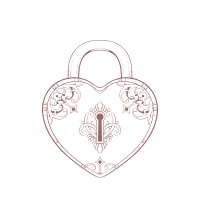
The Essence of Palmistry: Interpreting Lines and Shapes
Delve into the world of palmistry to discover the meanings behind the lines and shapes etched into the palms of your hands.
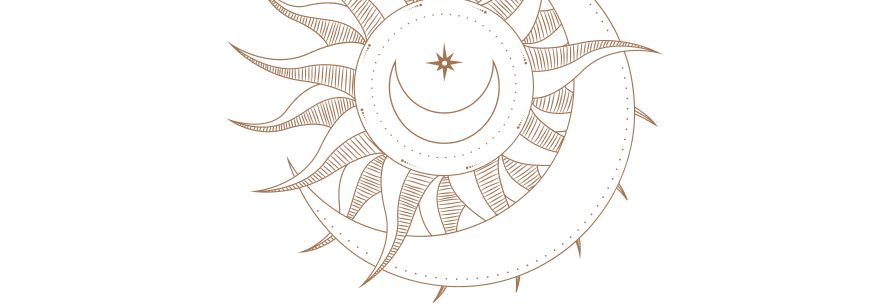
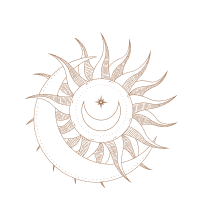
The Efficacy of Palmistry: Real Insight or Fancy?
Delve into the validity of palmistry as a form of divination. Is there a truth behind the lines on our palms, or is it just a charming fancy?
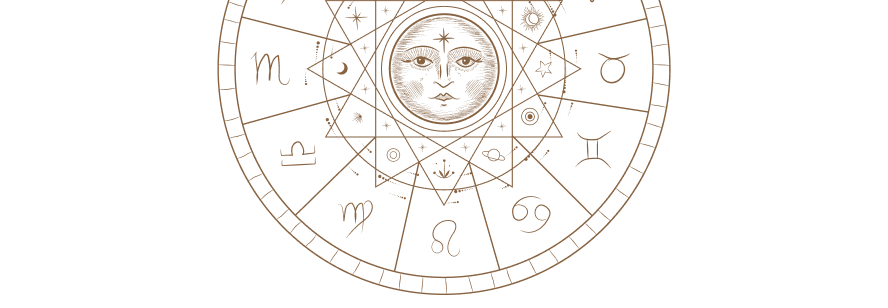
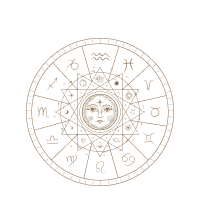
Palmistry Basics: How to Read Your Hand's Secrets
Learn the basics of palmistry with this guide on how to read the lines and shapes of your hands to reveal insights about your personality and future.